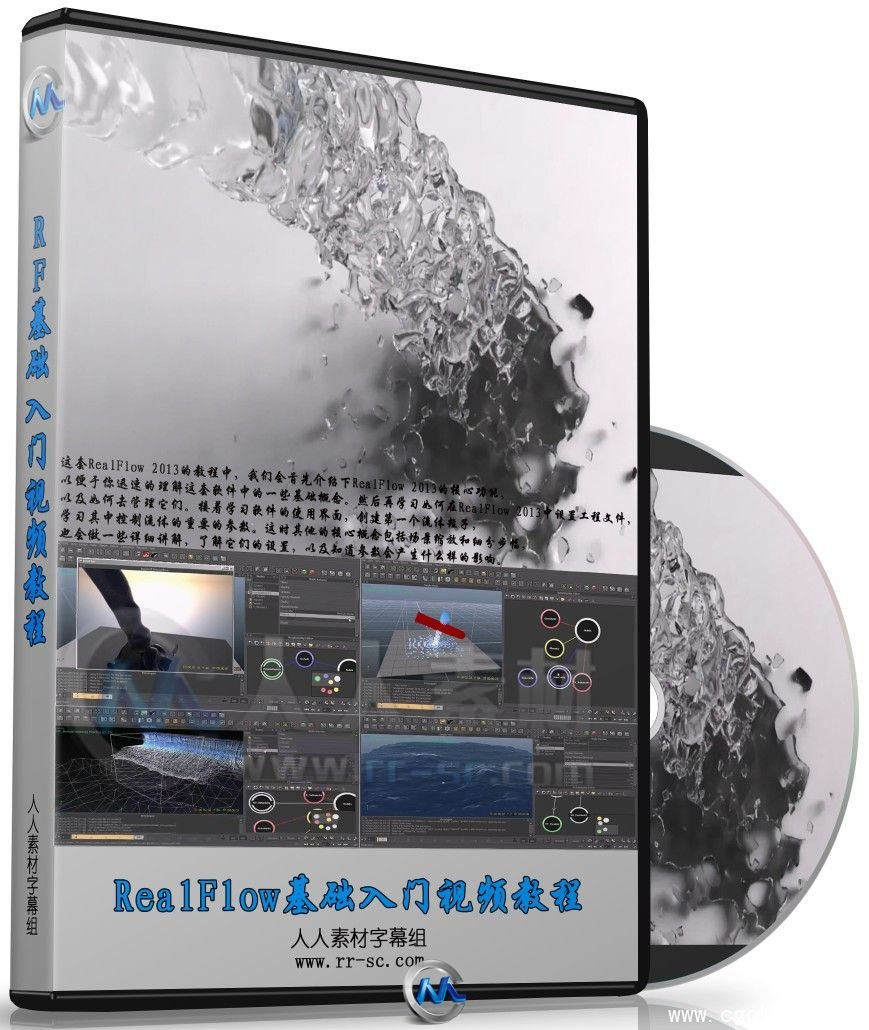

Especially interactions with particles from other emitters or solid objects are easy to use and it only takes a few mouse clicks to establish a connection. With a so-called “Binary Loader” or “NBinary Loader” you can even re-time, combine and manipulate already simulated particles.Īs well as offering many versatile applications, RealFlow emitters are both fast and very accurate.

You can even use animated objects and characters to emit particles from their surface or fill an object completely or partially with particles. Daemons and forces are added to shape fluids to your specific needs. With adequate Python scripts or C++ plugins it is also possible to simulate other natural phenomena, like fire, explosions or swirling smoke. They are not just particle sources, but also used to create splashes from interactions with RealWave and rigid bodies, calculate the behaviour of gaseous fluids, or produce millions of ultra-fast dumb particles to mimic spray, for example. RealFlow emitters are incredibly flexible. For more information please visit the RFRK section on the RealFlow website or contact Next Limit is sales desk. Its advanced meshing and particle options are the perfect addition for processing huge meshes or large particle amounts in production environments. If you are working with Pixar’s RenderMan, mentalray, Houdini's Mantra or compliant render engines then you should consider using the RealFlow RenderKit (RFRK). This guarantees that the original fluid simulation will not be modified. After the render process, the “MultiPoint” particles are lost. Please bear in mind that these extra particles are not stored, but only temporarily created. The result is an absolutely realistic impression of spray or misty particle clouds. “MultiPoint” has a procedural approach to add millions of particles in a very short time. This method is exactly the same you can find in “Maxwell Studio” and the RFRK, there it is called “MultiPoint”. One of the main advantages is that “Maxwell Interactive” is even capable of adding particles at render time to get a much denser fluid and, as a consequence, a better and more realistic preview.

This unique feature gives you the possibility to render a photorealistic preview of your fluids, either as a mesh (this option requires a mesh, of course) or as a particle cloud. Particle fluids and fluid meshes can be previewed directly inside RealFlow with the new “Maxwell Interactive” render engine – completely shaded and with specific material properties, e.g. Additionally it is also possible to continue processing the particles to create foam or spray.įluid simulation created by Oyekunle Jegede for "Dancing Diabolo" This mesh finally becomes shaded in your 3D application to render the fluid. The stored BIN files are normally used to create a polygon mesh inside RealFlow representing the three dimensional volume of the fluid. You can find out more about RealFlow’s export options with standard emitters and the Alembic format under “Export Central”. This file type allows you to export selected data channels, has a hierarchical approach and is supported by many 3D applications. A very convenient and straightforward method to export particle data comes with the new Alembic format. Other formats, such as PD, allow the user to store specific information, for example density or pressure. The standard format is called "BIN" and stores a complete set of position and physical data. Another, more advanced feature, is their scripting capability: RealFlow emitters can be completely customized and theoretically it is even possible to write your own fluid engine.Īn emitter’s particles can be stored in different file and data formats for further use. RealFlow emitters can interact with all kinds of solid or soft bodies and RealWave objects. These standard emitters show a very high level of detail, are easy to use and can be affected by any daemon to react with various forces. The technology behind our standard particle fluid emitters is called "Smoothed Particle Hydrodynamics", also called SPH. In contrast to RealFlow’s grid fluid emitters, this type is mainly suited for small to mid range simulations.


 0 kommentar(er)
0 kommentar(er)
